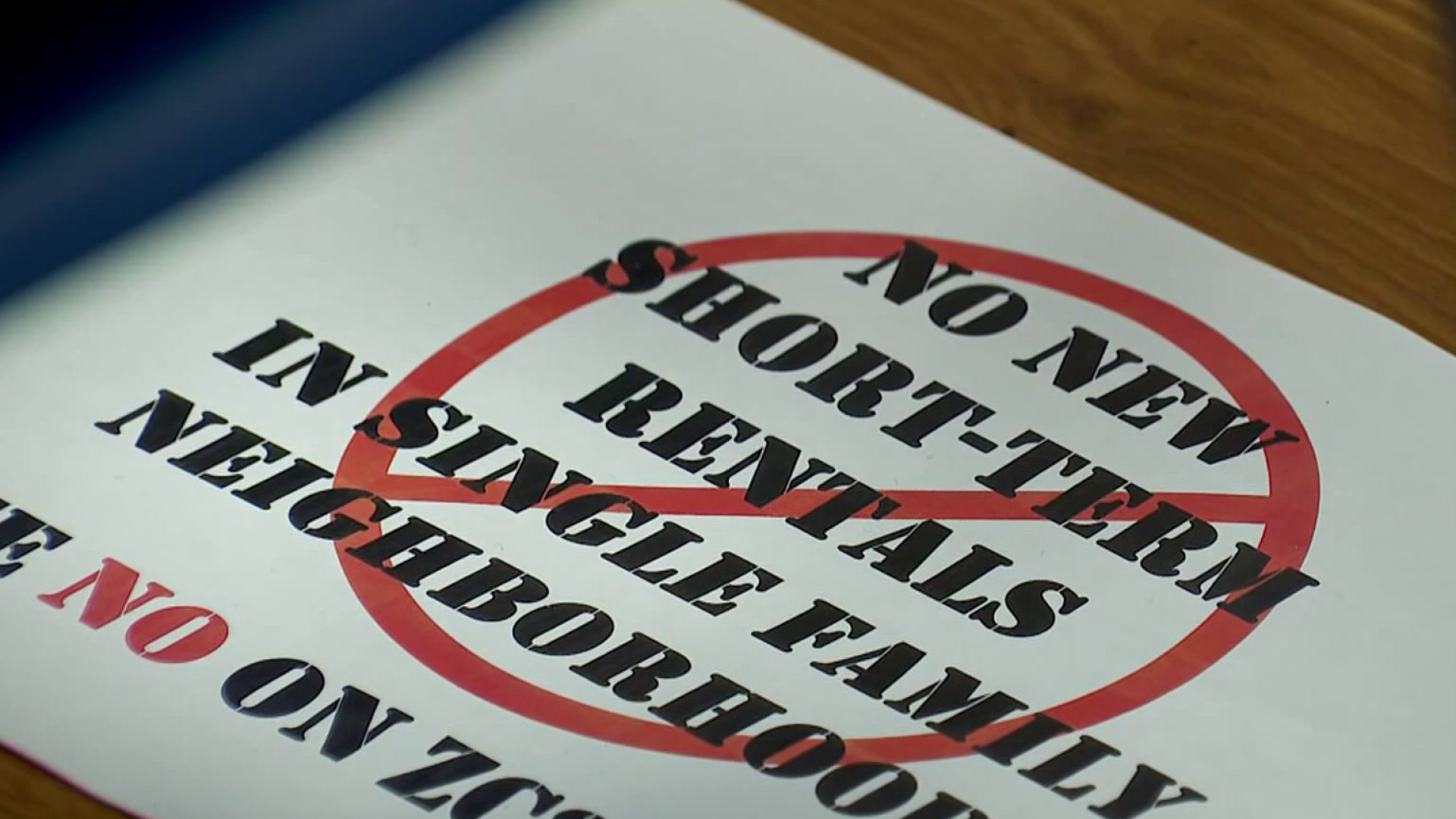This has been a difficult year for many school districts as staff scrambled to get as many students connected to the internet as possible for at-home learning.
DISD’s technology department was tested in ways it never has before.
Since the pandemic, the district has connected 40,000 households to the Internet and provided thousands of laptops to help students with at-home learning.
But now, their focus is shifting to a long-term approach in improving connectivity.
Dallas ranks sixth in the country -- and number one in Texas -- of cities with families without home internet access.
However, that's pre-pandemic data. So the COVID-19 crisis has been an eye-opener to the problems families are trying to overcome.
“I’m very proud of the fact that we were able to mobilize quickly with the mobile Internet hotspots and get those out there. They have provided a very critical stopgap service for our families," said Jack Kelanic, chief technology officer for DISD. “Since then, we’ve really doubled down on our commitment to make sure that all of our students and our families have access to internet from home.“
Local
The latest news from around North Texas.
He says the digital divide is also a racial equity issue that disproportionately impacts Black and brown students.
For months, we've talked about the district’s efforts to improve the digital and technological connections students need to complete their education. Those goals started before the pandemic but really ramped up after students began virtual learning due to COVID-19.
“We’ve been thinking about Internet access before COVID-19 happened but we were really thinking of it in terms of the homework apps. We know we provide a robust Internet service on campus but when kids go home in the evening, will they finish all their schoolwork and research?” said Kelanic. “We had some small initiatives in place but work really became urgent when COVID hit.”
In May, Superintendent Michael Hinojosa first announced ‘Operation Connectivity’, aiming to establish a broadband network across the city for all DISD families, as well as providing mobile hotspots for students. That initiative soon expanded after state lawmakers and the Texas Education Agency jumped on board, which helped bring connectivity services for nearly a half-million students statewide.
“This commitment isn’t just for the current school year. We really are thinking about this in the longer range," said Kelanic. "The thing that I worry about is that those are only temporary services. And we want to make sure the students and families are connected for the next three, four or five years.”
In the coming weeks, we could see movement on one aspect of the operation.
The district said it plans to work with commercial internet service providers to install fiber optic or cable connections in the homes of low-income families.
“We absolutely view this as a partnership with the business community and the commercial Internet service providers in Dallas," said Kelanic. "We’re very fortunate that we have a pretty rich marketplace and robust service providers in place so we’re looking to tap into those resources.“
The effort could start as soon as December if all goes well with service availability, local CARES Act funding and family approvals.
"We think by doing that we can really provide the best service, especially to the families that have multiple learners. There's a lot of families who have multiple kids involved in school,” said Kelanic. “We want them to have a higher level of bandwidth so that they can have a very seamless and high-quality education experience."
Adding to the efforts, this month, voters did pass part -- but not all -- of the $3.7 billion DISD bond election. It’s the largest in state history.
“This is a great time to be thinking strategically, To be innovative,” said Kelanic. “And honestly, with the passage of the recent bond initiative for Dallas ISD, it puts us in an even better position to execute this mission and sustain this mission for the next five to 10 years.“
Another long-term solution we’re learning more about includes constructing a private cell network with high-speed internet for up to five Dallas ISD communities.
That includes Pinkston, Roosevelt, South Oak Cliff, Spruce and Lincoln high schools. Data shows those are the areas with the highest need. According to the district, the private cellular networks would provide high-speed access to the district’s educational resources to families living in the neighborhoods immediately surrounding those schools.
The Board of Trustees is expected to discuss this project at its meeting this Thursday on Nov. 19.



